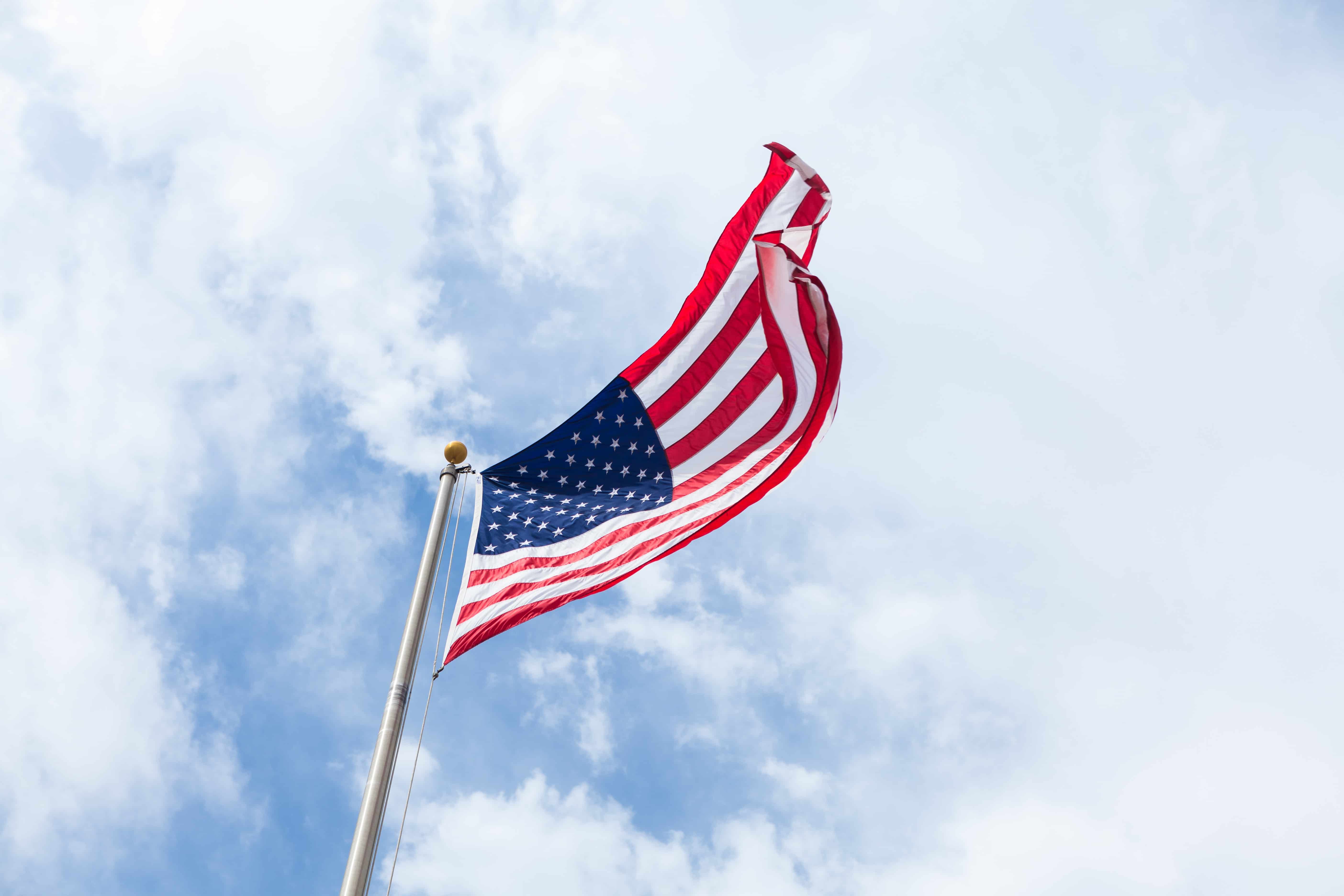Many people in this country hold a shocking amount of credit card debt. Sadly, according to The Balance, as of December of 2018, the average credit card interest rates are around 17 percent. If you have bad credit, your average interest rate will be just under 25 percent. At interest rates that high, people are more likely treading water making minimum payments that barely put a dent in the principal each month.
When people are spending so much money servicing the interest on their credit cards, they are unable to save money for rainy days, college for their children or their retirements. Their standard of living is lowered, and they may be unable to continue to pay their debts over time. This is especially relevant in now when a recession is looming. According to the Wharton School, during the last recession, about 20 percent of the workforce lost their jobs. People who are out of work or who are underemployed risk defaulting on their credit card loans and then risk lawsuits and wage garnishments.
Tuck Associates, a firm that specializes in helping consumers and small business owners struggling with heavy debt, finds some interesting trends in where credit card debt is the highest.
Alaska
According to The Balance, Alaskans carry the most credit card debt, on average, when compared to consumers in other states. The average credit card balance in Alaska is $ 13,048. In order to pay off this debt in three years, assuming the 17-percent average U.S. credit card interest rate, Alaskan consumers would need to make a payment of $254 monthly and would end up paying $3,748 in interest charges. That averages around $1,200 a year, or $120 a month in interest alone.
The Other Highest Credit Card-Indebted States
Rounding out the top five states with high credit card indebtedness are Wyoming, Utah, California, and Montana. Montanans average just under $10,000 in credit card debt.
Other Troubling State Figures
Motley Fool’s study of credit card debt per state from 2017 unearthed some other very troubling figures. They found that Texas, Georgia and a few other states that ranked high on their list of states with excessive credit card debt also were states where the residents had low credit card scores. Not too surprisingly, since lower credit card scores coincide with higher interest rates, the state of Texas, in particular, has the highest average late-payment rate in the country.
Imagine if you are trying to pay off the average Texan’s $7,692 in credit card debt at around 25 percent interest. It would take a $400 a month payment and would entail paying $4,174 in interest to pay off the debt in three years. Such a large payment would likely be in lieu of the family being able to make a car payment or some other larger necessity.
High Interest is a Huge Culprit
As you can see, the ridiculously high-interest rates that these credit cards carry are a huge impediment towards the payoff.
How to Lower Interest Rates
Of course, if you have a stellar payment record, you can try to get the credit card company to lower your interest rate. In some cases, they might do so.
If you can pay off the entire principal in a year to a year and a half, you could apply for a zero-interest, balance transfer card and just attack the principle until it is paid off.
Also, you can get a personal loan in the form of a debt consolidation loan. That would allow you to have a lower interest rate and a fixed payment schedule that would provide a payoff date.
If you are struggling to make high-interest credit card payments, you are not alone. Call Tuck Associates today. We have solutions for consumers struggling under credit card debt
